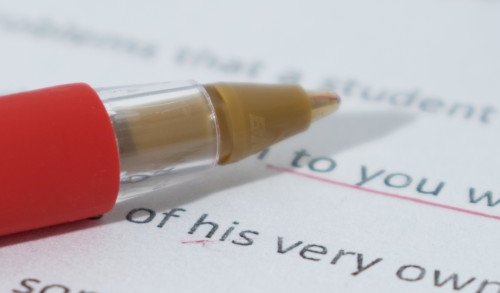 There are many levels to editing, depending on the quality of the writing, the intended audience, and much more. Different companies may break this down differently, but we see editing as a continuum with three general types of activities: Proofreading, copyediting, and developmental/continuity editing.
There are many levels to editing, depending on the quality of the writing, the intended audience, and much more. Different companies may break this down differently, but we see editing as a continuum with three general types of activities: Proofreading, copyediting, and developmental/continuity editing.
Proofreading
The simplest level of editing, proofreading is appropriate for documents that have already gone through several drafts, have undergone at least one round of editing, and is considered near the final stage prior to going to layout. This includes a check of basic grammar, tense, spelling, punctuation, and trademarking. Usually a document at this stage will have very little left to change.
Copy editing/line editing
Appropriate for documents in an earlier stage of editing or which need more than a proofread. In addition to those things included in Proofreading, described above, this includes editing for word choice and sentence structure, checking figure or other numbering, and verifying links.
Developmental/continuity/structural
This is the most complex level of editing and is appropriate for documents at an earlier stage. This level of editing is best for those authors for whom English is a second language, writing is not a top skill, or who only have time to rough-draft a document and hand it off. In addition to those things included in Proofreading and Copy editing above, this includes editing for continuity and document structure, and may include some rewriting and content development.
Style Guide
A key to consistent writing across your documents is the use of a style guide. Unless you have a style guide that you prefer, we use our own and defer to the Chicago Manual of Style for our editorial work. This includes but is not limited to editorial decisions in the list below:
- Use the Oxford (serial) comma.
- Only one space after a sentence.
- In quoted materials, all punctuation other than colon is inside quotation marks.
- Minimize gratuitous use of capitalization and quotation marks.
- For global audiences, favor US spelling and punctuation.
- Sentence-punctuate and case bullets.
- Trademarks in professional publications are noted on first use and in the document’s trademark statement. Trademarks in books are noted in the front matter.
Check out our Style Guide for more details. If you would like any of these matters to be handled differently, just let us know before we start the editing work.
